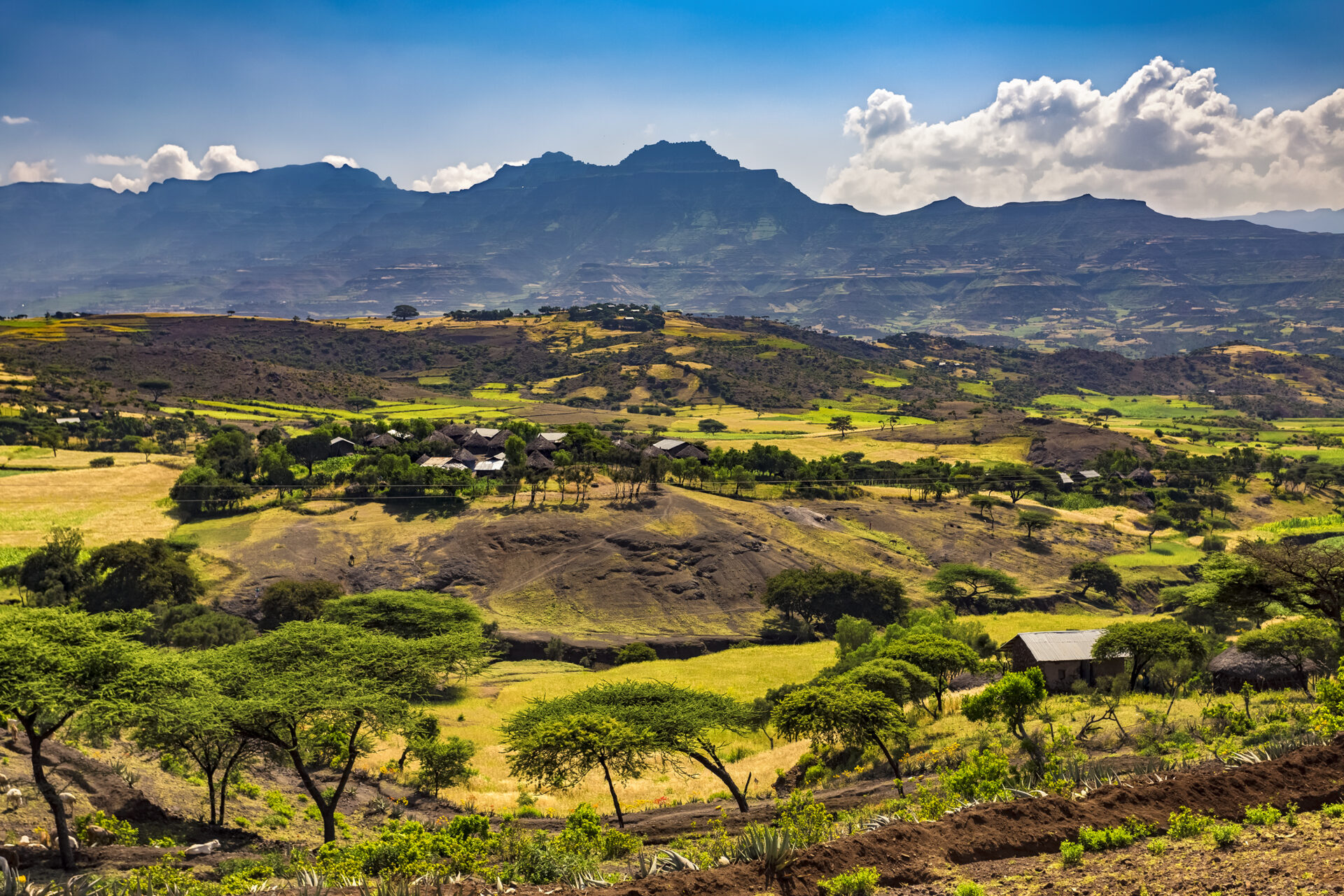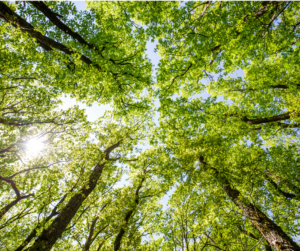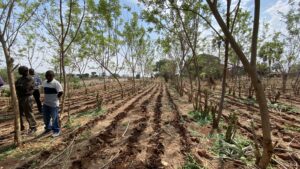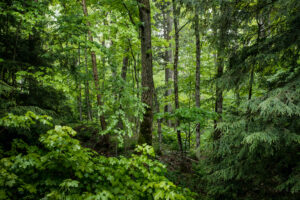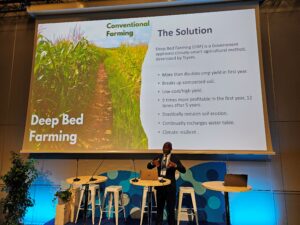FLR: Restoring degraded mosaic landscapes to support ecosystem services
While we acknowledge that there are restoration initiatives based on context specific best practices that may not be informed by the latest data and science, we advocate for a more nuanced approach to analyzing restoration efforts. This is particularly true for initiatives such as AFR100.
Firstly, we note that the article has a very strict way of defining forest cover. Large areas in Africa that hold a low density of trees could benefit from FLR to restore ecological functions.
For example, the authors state that “Indeed, nearly a fifth of the total area pledged for forest landscape restoration (25.9 million ha) covers eight countries with no forest cover (Burkina Faso, Chad, Lesotho, Mali, Namibia, Niger, Senegal, The Gambia)”. Contrary to the authors’ claims, countries like Burkina Faso do have forest cover, such as agroforestry parklands where scattered multipurpose trees occur on farmlands as a result of farmer selection and protection, as confirmed by the FAO’s FRA data.
Forest and Landscape Restoration
This underscores the significance of the word “and” in Forest and Landscape Restoration (FLR).
At SIWI, and within the Forest-Water Champions group, we are careful to refer to FLR as “Forest and Landscape Restoration” to ensure that we also address landscapes with a low tree density where trees are highly important for livelihoods and ecosystem services.
One example is the abovementioned parklands of Burkina Faso, where scattered trees play a key role for the livelihoods of rural people in the country. When managed well, they improve infiltration and soil fertility, while generating food, fodder, medicine, and several other ecosystem services. It is crucial that we include these kinds of ecosystems in water-smart FLR.
Secondly, the methods presented in the study to assess forest cover and restoration needs risk resulting in problematic assumptions regarding current land use and forest cover, and level of degradation. For example, remote sensing studies have shown an alarming decrease in forest cover of around 80% over the last half century in the Central Rift Valley in Ethiopia (Mekuria et al. 2021) and in the Upper Mekrou watershed in Benin (FORESTS4FUTURE – Benin, 2023). Their significant forest cover loss highlights the need for targeted restoration efforts in those areas.
Lastly, the authors fail to address how land use changes over time. Large savanna areas in Africa have, over time, become degraded and heavily eroded due to unsustainable land-uses, such as overgrazing, urbanization, and crop production, and have lost essential ecosystem services (Chirwa and Mahamane 2017; Kalema et al. 2015) . In such areas, the first step must be to restore ecological functionality to ensure water and food security, climate resilience, biodiversity, and livelihoods.
Water in Restoration
Water is essential to most ecosystem services, and one efficient way to support ecosystem functions in a degraded landscape is to target actions that improve the hydrological cycle.
The Water-smart FLR (W-FLR) Tool, which is currently being developed at SIWI, examines opportunities to ensure that the hydrological aspects of FLR are accounted for and adapted to local conditions, for example by assessing optimum tree cover for water-related ecosystem services (Ellison et al. 2019; Bargués Tobella et al 2014 . That way, the W-FLR Tool methodology reinforces the importance of context-specific approaches in FLR. By emphasizing the need for context-specific restoration efforts that consider water ecosystem services, the W-FLR Tool aims to ensure that FLR initiatives are sustainable and successful in the short and long-term.
Water-smart Forest and Landscape Restoration Tool
SIWI is developing the Water-smart FLR tool, to ensure that forest and landscape restoration initiatives are sustainable and long-term successful.
Read more about W-FLR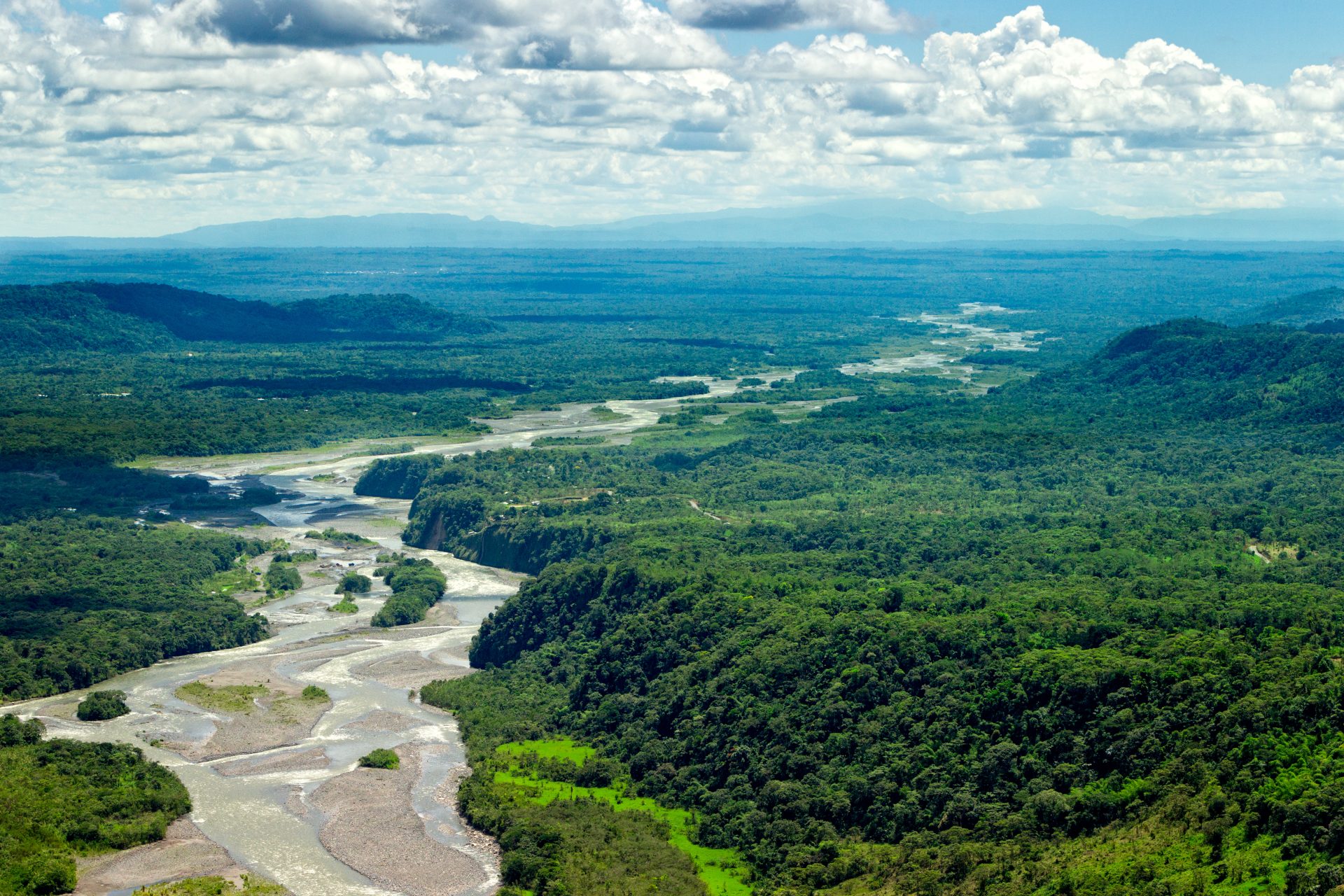
References
- Parr, C.L., Te Beest, M. and Stevens, N., 2024. Conflation of reforestation with restoration is widespread. Science, 383(6684), pp.698-701.
- FAO (2018). The Global Forest Resources Assessment 2020 – Terms and Definitions, FRA 2020. The Forest Resources Assessment (FRA) Working Paper 188. The Forest Resources Assessment (FRA) Working Paper Series of the FRA Programme of the Food and Agriculture Organization of the United Nations. https://www.fao.org/3/I8661EN/i8661en.pdf
- Diakhitem M. and Dewitt, S. (2024). Science Letter: Response to Parr, et al. Feb 2024, 21 February [eLetter]. Retrieved 6 May 2024 from https://www.science.org/doi/abs/10.1126/science.adj0899
- Mansourian, S., Stanturf, J.A., Günter, S., Parrotta, J.A., Derkyi, M., Onyekwelu, J., Diakhite, M., Geldenhuys, C.J., Ahimbisibwe, V., Madsen, P., Aleeje, A. & Bolte, A. (2024). Demonizing forest restoration is not helpful to solve the global climate and biodiversity crises, 26 February [eLetter]. Retrieved 6 May 2024 from https://www.science.org/doi/abs/10.1126/science.adj0899
- Mekuria, W., Diyasa, M., Tengberg, A. and Haileslassie, A., 2021. Effects of Long-Term Land Use and Land Cover Changes on Ecosystem Service Values: An Example from the Central Rift Valley, Ethiopia. Land, 10, 1373. https://doi.org/10.3390/land10121373
- FOREST4FUTURE – Benin, 2023. Rapport de la MEOR locale et le plan d’action de Restauration des Paysages et des Forets pour la Tete du Bassin-Versant de la Mékrou. GFA Consulting Group GmbH, Hamburg, 2023.
- Chirwa, P.W. and Mahamane, L., 2017. Overview of restoration and management practices in the degraded landscapes of the Sahelian and dryland forests and woodlands of East and southern Africa. Southern Forests: a Journal of Forest Science, 79(2), pp.87-94.
- Kalema, V.N., Witkowski, E.T., Erasmus, B.F. and Mwavu, E.N., 2015. The impacts of changes in land use on woodlands in an equatorial African savanna. Land degradation & development, 26(7), pp.632-641.
- Ellison, D., Morris, C.E., Locatelli, B., Sheil, D., Cohen, J., Murdiyarso, D., Gutierrez, V., Van Noordwijk, M., Creed, I.F., Pokorny, J. and Gaveau, D., 2017. Trees, forests and water: Cool insights for a hot world. Global environmental change, 43, pp.51-61.
- Bargués Tobella, A., Reese, H., Almaw, A., Bayala, J., Malmer, A., Laudon, H., and Ilstedt, U., 2014. “The Effect of Trees on Preferential Flow and Soil Infiltrability in an Agroforestry Parkland in Semiarid Burkina Faso.” Water Resources Research 50 (4): 3342–54.
